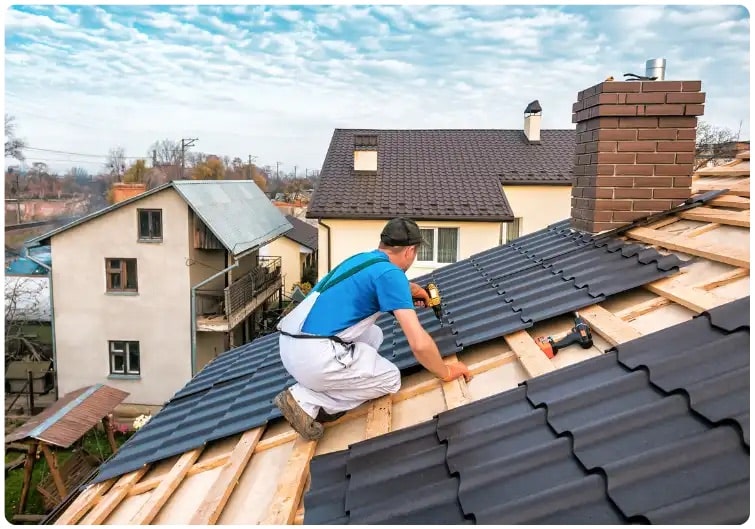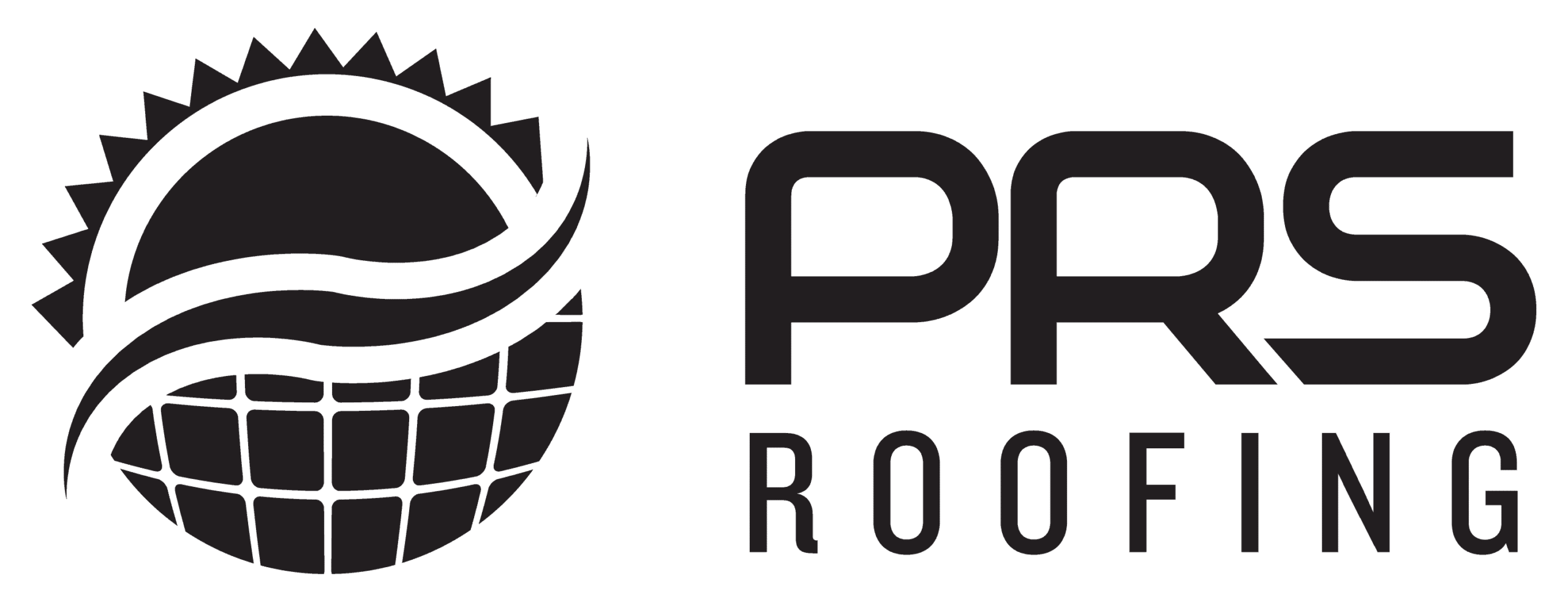Table of Contents
- Introduction
- Importance of Safety on Roofs During Work
- Common Hazards Roofers Face
- Essential Safety Equipment for Roofers
- Techniques Roofers Use to Stay Safe on Roofs
- Training and Certification for Roofing Safety
- PRS Roofing’s Commitment to Safety
- FAQs About Roof Safety
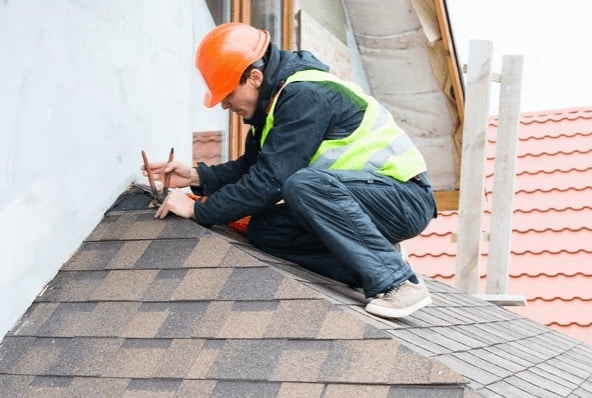
1. Introduction
Working on roofs is one of the most hazardous occupations in the construction industry. Roofers are constantly exposed to risks that can lead to serious injuries or even fatalities if proper safety measures are not followed. This blog post will explore the various methods and tools roofers use to stay safe while working on roofs during work, emphasizing the importance of proper training, equipment, and safety protocols. We will also highlight how PRS Roofing ensures the safety of its workers through rigorous training and adherence to industry standards.
2. Importance of Safety on Roofs During Work
Safety is paramount when working on roofs during work. The risks associated with roofing include falls from height, exposure to harsh weather conditions, and handling dangerous materials. According to OSHA, falls are the leading cause of fatalities in the construction industry, with roofing work contributing significantly to these statistics. Therefore, implementing robust safety measures is not only a legal requirement but also a moral obligation to protect workers’ lives.
Key Reasons for Prioritizing Safety:
- Preventing Falls: The primary cause of roofing accidents.
- Minimizing Injuries: Reducing the likelihood of cuts, burns, and other injuries.
- Legal Compliance: Meeting OSHA standards to avoid penalties.
- Worker Confidence: Ensuring that workers feel secure while performing their duties.
3. Common Hazards Roofers Face
Roofers face several hazards daily. Understanding these risks is the first step toward mitigating them effectively. The most common hazards include:
- Falls: The most significant risk, especially when working on steep or high roofs during work.
- Weather Conditions: Working in extreme heat, cold, or windy conditions can lead to heatstroke, frostbite, or losing balance.
- Electric Shock: Contact with live electrical wires is a severe risk, particularly near power lines.
- Slips and Trips: Debris, tools, or slick surfaces can cause slips or trips, leading to falls or injuries.
- Chemical Exposure: Roofers may be exposed to hazardous substances like asbestos or tar.
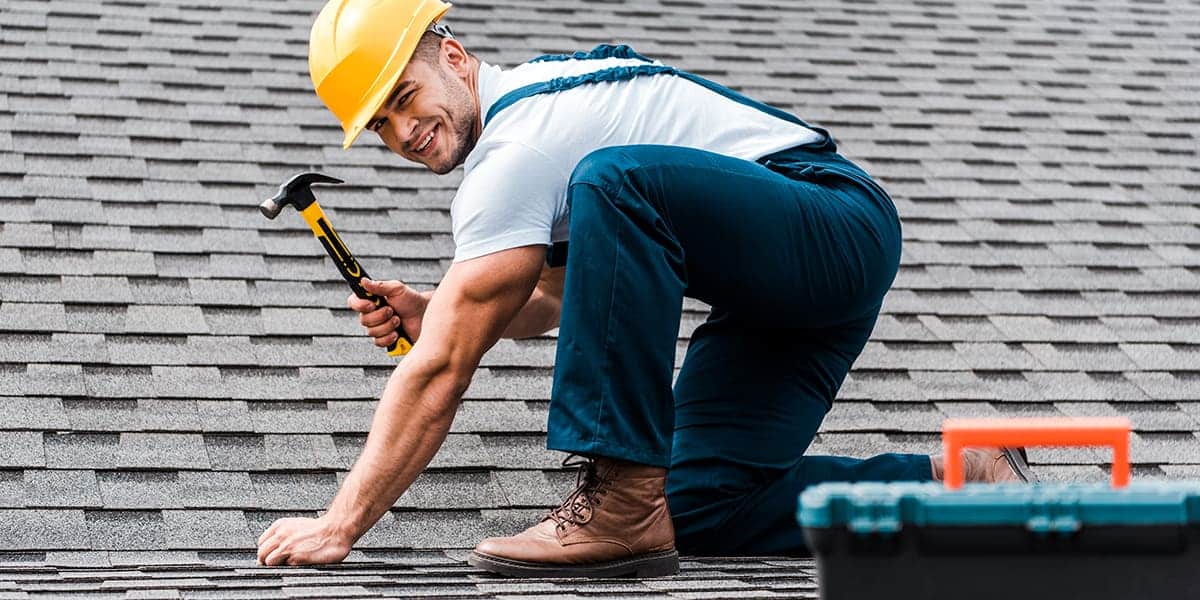
4. Essential Safety Equipment for Roofers
Using the right safety equipment is crucial for protecting roofers from potential hazards while working on roofs during work. The following items are considered essential:
A. Personal Protective Equipment (PPE)
- Hard Hats: Protects from falling objects and head injuries.
- Safety Glasses: Shields eyes from debris and harmful UV rays.
- Work Gloves: Prevents cuts and provides grip while handling tools and materials.
- Safety Boots: Offers protection from punctures and provides stability on uneven surfaces.
B. Fall Protection Systems
- Harnesses and Lanyards: Essential for preventing falls. Roofers are secured with a harness connected to a stable anchor point.
- Guardrails: Installed around the perimeter of the roof to prevent accidental falls.
- Safety Nets: Deployed below roofers to catch them in case of a fall.
C. Roof Anchors and Lifelines
- Permanent Roof Anchors: Fixed points on the roof to which safety harnesses are attached.
- Lifelines: These run horizontally or vertically along the roof, allowing roofers to move safely while remaining tethered.
5. Techniques Roofers Use to Stay Safe on Roofs
Apart from using safety equipment, roofers employ several techniques to enhance their safety on roofs during work. These techniques are often a combination of common sense, experience, and adherence to safety protocols.
A. Maintaining Three Points of Contact
One of the most critical safety techniques is maintaining three points of contact at all times. This means a roofer should always have either two hands and one foot or two feet and one hand in contact with the roof or ladder to maintain balance and stability.
B. Proper Ladder Setup
Ladders are the primary means of accessing roofs, and setting them up correctly is essential for safety. Roofers ensure ladders are placed on stable ground, extend at least three feet above the roofline, and are secured to prevent slipping.
C. Working in Teams
Roofing is rarely a solo job. Working in teams allows roofers to assist each other, keep an eye out for potential hazards, and provide immediate help if someone is injured.
D. Regular Breaks
Roofers take regular breaks, especially when working in extreme temperatures, to prevent fatigue, heatstroke, or other weather-related conditions.
E. Tool Safety
Roofers use tools with proper guards and always ensure they are in good working condition to prevent accidents. They also avoid carrying tools up ladders and instead use hoists or tool belts.
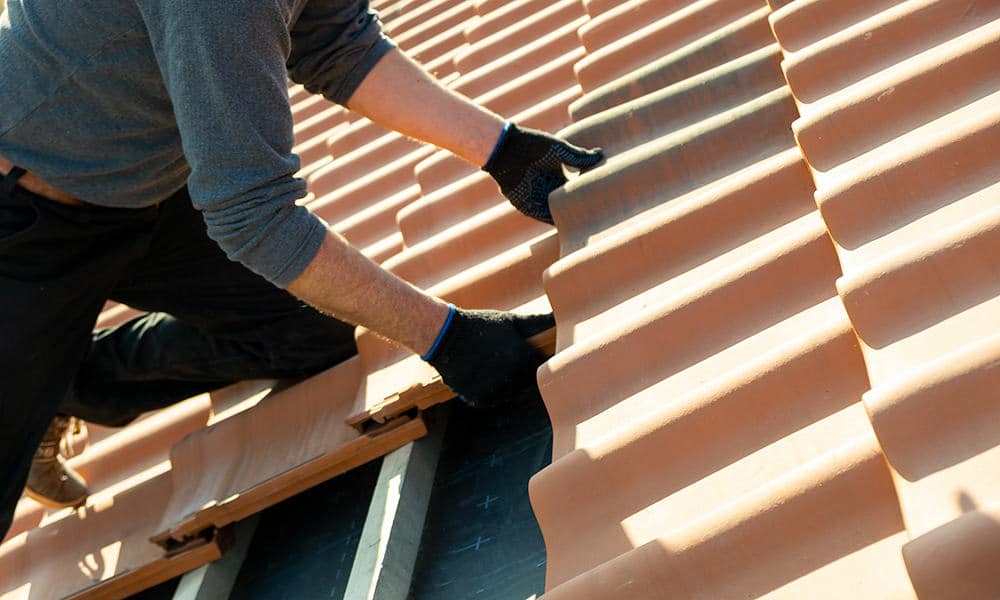
6. Training and Certification for Roofing Safety
Training is a critical component of roofing safety. Roofers must undergo comprehensive safety training that covers the proper use of equipment, hazard identification, and emergency procedures.
A. OSHA Certification
The Occupational Safety and Health Administration (OSHA) provides essential training for roofers, focusing on fall protection, ladder safety, and the use of personal protective equipment. OSHA certification is often a requirement for working on construction sites.
B. First Aid Training
Roofers are also trained in first aid to respond quickly to injuries. This training includes treating minor injuries on-site and stabilizing workers until emergency services arrive.
C. Regular Safety Drills
PRS Roofing conducts regular safety drills to ensure that all workers are familiar with the procedures to follow in case of an emergency. These drills simulate real-life scenarios, helping roofers react quickly and appropriately.
7. PRS Roofing’s Commitment to Safety
At PRS Roofing, safety is not just a requirement; it’s a culture. We understand that the quality of our work is directly tied to the safety of our workers. Our commitment to safety is reflected in the following practices:
- Comprehensive Safety Plans: Each project begins with a detailed safety plan that identifies potential hazards and outlines the steps to mitigate them.
- Continuous Training: We invest in ongoing safety training for all our employees, ensuring they are up-to-date with the latest safety protocols and equipment.
- Safety Audits: Regular safety audits are conducted to ensure compliance with OSHA standards and to identify areas for improvement.
- Employee Involvement: We encourage our employees to be proactive about safety, reporting any hazards and participating in safety committees.
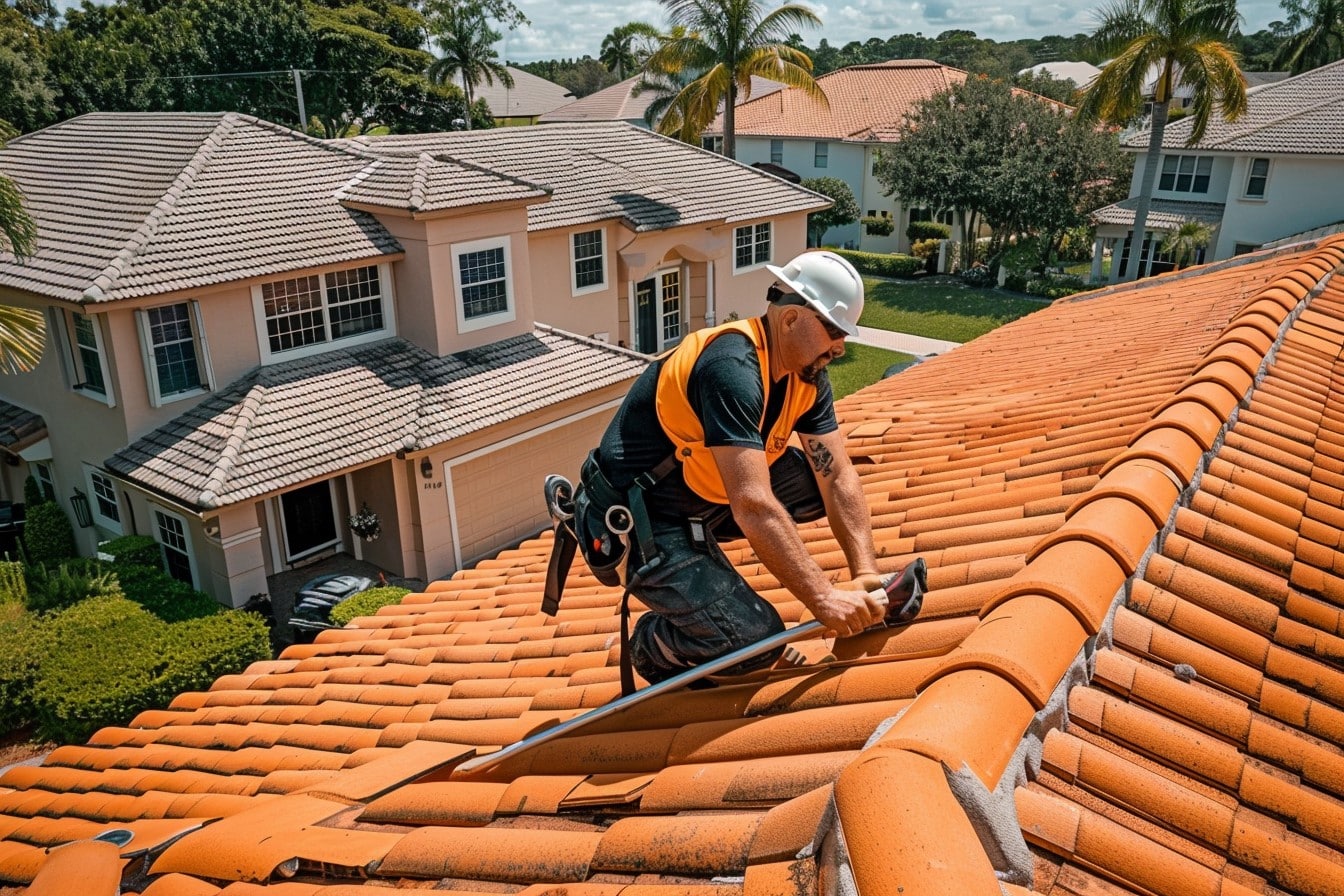
8. FAQs About Roof Safety
Q1: What is the most common cause of accidents on roofs during work?
A: Falls are the most common cause of accidents on roofs. They often result from inadequate fall protection or failure to use safety equipment properly.
Q2: How can roofers protect themselves from electrical hazards?
A: Roofers should always be aware of nearby power lines and avoid contact with them. They should also use insulated tools and equipment to reduce the risk of electric shock.
Q3: Why is it important for roofers to wear safety boots?
A: Safety boots provide protection against punctures from sharp objects like nails and help roofers maintain their footing on slippery or uneven surfaces.
Q4: How often should roof safety equipment be inspected?
A: Safety equipment should be inspected before each use and regularly maintained according to the manufacturer’s guidelines. Any damaged equipment should be replaced immediately.
Q5: What role does training play in roofing safety?
A: Training is crucial for roofing safety as it ensures that roofers are aware of potential hazards and know how to use safety equipment correctly. Proper training can significantly reduce the risk of accidents.
By adhering to these safety practices, PRS Roofing ensures that its workers remain safe while delivering high-quality roofing services. Whether it’s through the use of advanced safety equipment, rigorous training, or a strong safety culture, PRS Roofing is committed to protecting its workers and clients alike.
For more information on how PRS Roofing can assist you with your roofing needs, including how we maintain safety on roofs during work, feel free to contact us for a free quote.
